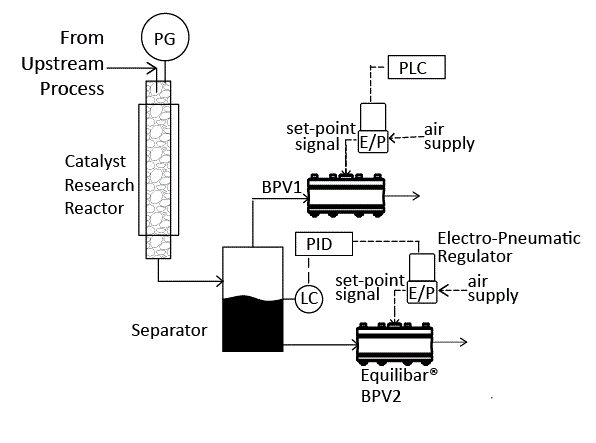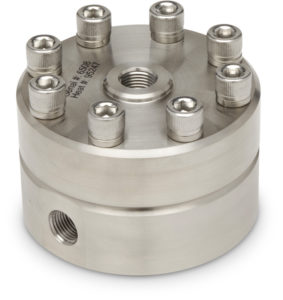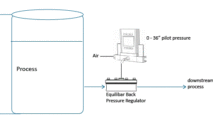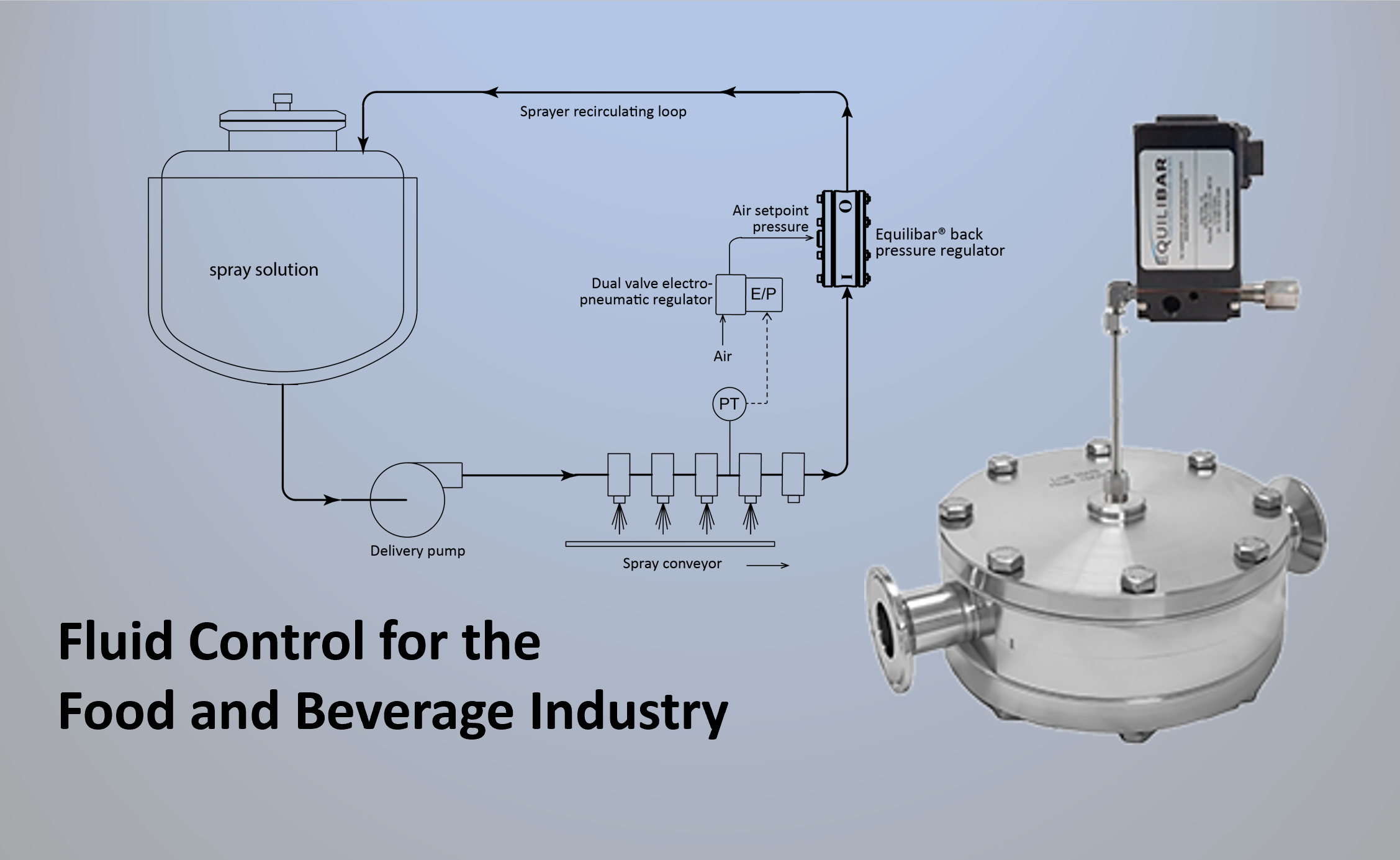In many research environments, it is desirable to have liquid level control with a steady state stream to allow consistent mass balance observations while keeping pressure and other variables stable. In these systems the typical on/off level control valve is insufficient.
A challenge in level control for catalyst research systems is the wide range of liquid flow rates that can be produced by different reactions at different points in the process. Designers have to consider selecting a liquid control valve that can handle the extremely wide range of flow coefficients required to accomplish the task. For example, a hypothetical challenge for a versatile research reactor control system might include:
- 20:1 range of steady state liquid flow rate
- Range of viscosity from 1cP to 200cP
- Variation of separator pressure between 6 bar and atmospheric
In such a scenario, the system designer would require a range of valve flow coefficients greater than 200:1. While certain specialty control valves offer ranges up to 100:1, in the very low flow ranges below about 1E-4 most globe valve solutions can be limited to 10:1 or 20:1.
The Equilibar® back pressure valve (BPV) can be used as a level control valve in this case to control steady state liquid flow through a range of flow coefficients exceeding 1000:1. An electronic pressure regulator is required to pilot the dome of the BPV in the same range as the vessel pressure. An analog level sensor provides input to the PID.

The schematic above shows an example of a system design with two Equilibar® back pressure valves at the outlet of the separation vessel downstream of the reactor. In many catalytic research processes, the liquid/gas separator is held under pressure with a gas-phase back pressure valve to control flashing of volatile compounds. Equilibar BPV1 is controlling the separator pressure and the Equilibar BPV2 is controlling the liquid level with a PID feedback loop with the level sensor.
Contact an Equilibar process engineer to discuss your system design today.




